Great mercy Pavilion Plain noodle
Great mercy Pavilion Plain noodle, originated in Zhaitang of Daci Pavilion Chan Yuan in Baoding City, Hebei Province, has a history of 800 years.
Daci Pavilion was built in Baoqing in the Southern Song Dynasty in 1227. It has been a sacred place of Buddhism since ancient times. It is now a key cultural relic protection unit in China. Daci Pavilion has become a symbol of Baoding with the reputation of "city Pavilion soaring to the sky". Therefore, there is a saying that "if you can't reach Daci Pavilion, why have you ever been to Baoding?"
Ancient poems praised by predecessors include "Liaohai yiyiyiyiyi, Yaoshan Yinheng", "Tongqu who built Ling Xuge, stay with the residents for grand view", "Yanshi Pearl Tower Tree Top, Zouyuan Jinge Biyun Top", "do not dye Bodhi cloud out, hang in the city of Cibanruo" and other famous sentences.
Great mercy Pavilion Plain noodle, which is inherited from Daci Pavilion culture, is deeply loved by ancient emperors, generals and monks of great virtue, such as Zhang Rou of Cai Guogong in the late Song Dynasty and the early Yuan Dynasty, Wang Xibo, a Red-top businessman in the early Qing Dynasty, a great monk in the late Qing Dynasty, and General Zhou Fulin in the early Republic of China.
In the 30 years of Qianlong reign of the Qing Dynasty (1765 A.D.), Emperor Qianlong even praised Dacige as "good cause, good result and plain mind", which was fascinating.
Great mercy Pavilion Plain noodle is a vegetarian food for temples. It embodies the spirit of Buddhist compassion. It not only has pleasant taste and pleasant shape, but also has the effect of prolonging life with the addition of Shanzhen medicinal herbs. Nowadays, vegetarian diet is becoming a trend. Vegetarian diet is not only good for health, but also good for morality and integrity. The vegetarian diet of Dacige imitates the quiet state, which can soothe the impetuous soul of the world. This is a merciful way to throw away greed and ignorance and to have joy in your heart.
Noodles are an ancient food, which originated in China and has a long history. At first, all pasta foods were collectively called cakes, among which "soup cakes" were cooked in soup, that is, the earliest noodles.
In Han and Liu Xi's Shi Ming and Shi Diet, there are sauce cakes; in Jia Sixie's Qi Min Yao Shu of Northern Wei Dynasty, there are "water-induced cakes"; in Tang Dynasty, there were water-cooled noodles; in Song Dynasty, there were plain noodles, ironing noodles, meat-inserting noodles; in Yuan Dynasty, there were noodles with Broaches and knives; in Qing Dynasty, there were Yifu Among these noodles, Dacige has a high reputation in the late Song Dynasty and early Yuan Dynasty.
Great mercy Pavilion Plain noodle originated in Zhaitang of Daci Pavilion Zen Hall in 1227 AD. It has a history of 800 years.
Daci Pavilion belongs to the category of Buddhist vegetable, that is, vegetarian vegetation in temples, which pays attention to lightness and ingenuity. Dacige has the reputation of eye-nourishing face, appetizing face and impressive face.
Eye-raising face: Good face is the first standard of Daci Pavilion's plain face. Daci Pavilion's plain face emphasizes appearance and color matching. White face, soup brown, with green vegetables, tomatoes, mushrooms, improve appetite.
Appetitive noodles: mainly in the preparation of soup, as the saying goes: noodles in the taste, taste in the soup, soup Xiangong. The flavor is Wang Dao. The noodle soup should be boiled, supplemented by health-preserving Chinese wolfberry, date, angelica, ginger and other flavors. After several hours of blending and cooking, the auxiliary materials are completely released from the soup, which is rich and mellow, forming the original flavor of Dacige plain noodles.
Heart-to-heart: Good noodles have good taste. Dacige plain noodles are made from wheat heart. Their root is strong and smooth. They are also seasoned with Dacige oil and Dacige hemp sauce, which are produced by Dacige. Their aftertaste is endless.
Great mercy Pavilion Plain noodle, eating is not only taste, eating is healthy, eating is merit, eating is culture, eating is history, eating is inheritance!
In the sixth year of Jiading in Southern Song Dynasty (AD 1213), the Mongolian Army went south to the Central Plains and Hebei was in great disorder. Zhang Rou gathered thousands of neighbouring families to set up villages for self-protection. In the eleventh year of Jiading in the Southern Song Dynasty (1218 A.D.), Zhang Roushen's Rebel Army and the Mongolian Army fought in Langyaling and were trapped in food shortage. After hearing the news, the local peasants offered only a little food to help the Rebel Army. But a drop in the bucket will not help. So Zhang Rou's general Hoberte asked the soldiers to knead these grains into strips with water and cook them with wild vegetables. This is the first rudiment of Dacige's plain face.
In the three years of Baoqing in the Southern Song Dynasty (1227 AD), Zhang Rou built Baoding City, focusing on the creation of Dacige and other monasteries. Daci Pavilion is an official temple, different from ordinary temples. He Boze has participated in the construction of Dacige and other temples, and served as an official in the management of Dacige and other temples.
In the Yuan and Mongolian times, monks and Taoists all enjoyed special political and economic advantages, and temples could obtain land and manage profit. Therefore, Daci Pavilion is not only confined to land, mountains, forests, rivers and rivers, but also operates businesses and handicraft industries such as cellar smelting, workshop, warehouse, bathhouse, shop, Inn and so on. In many industries, Hobertzer and his family run a thriving Inn Business under the name of Dacige. Among them, Dacige plain noodles in the inn have unique flavor and distinct characteristics. Over time, it has a long reputation and is deeply loved by people.

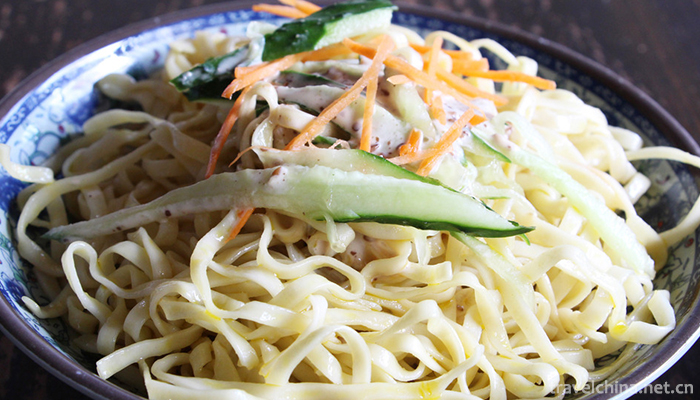
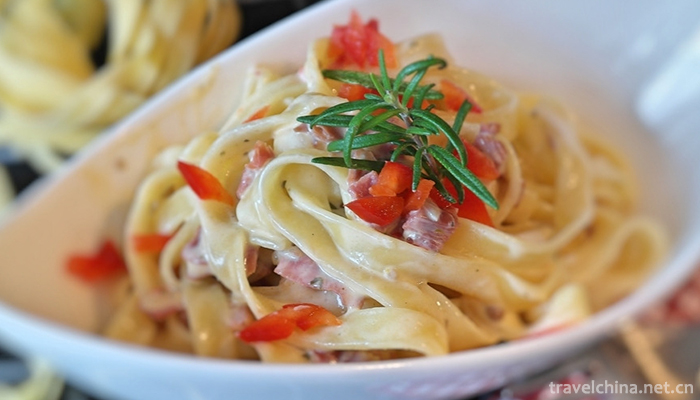
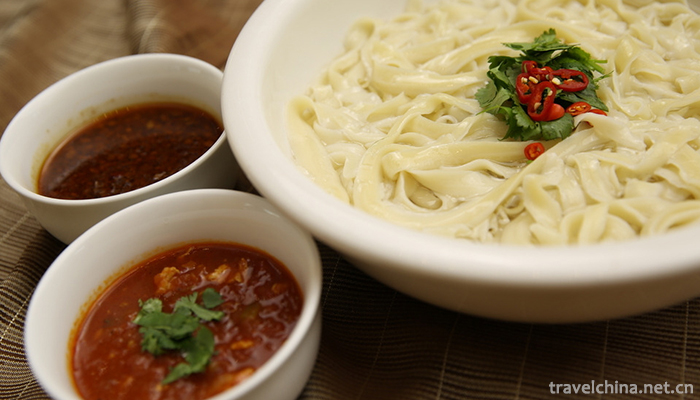
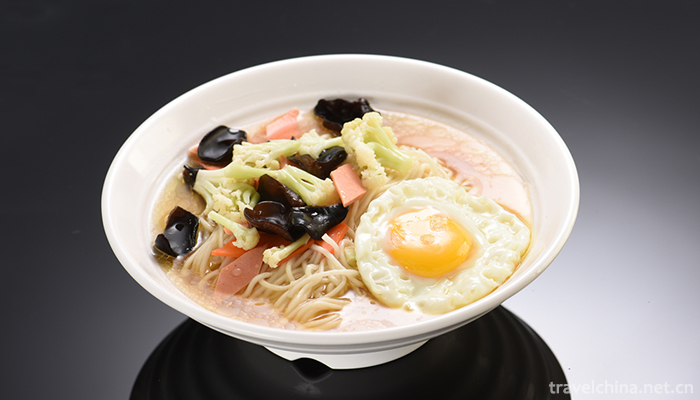
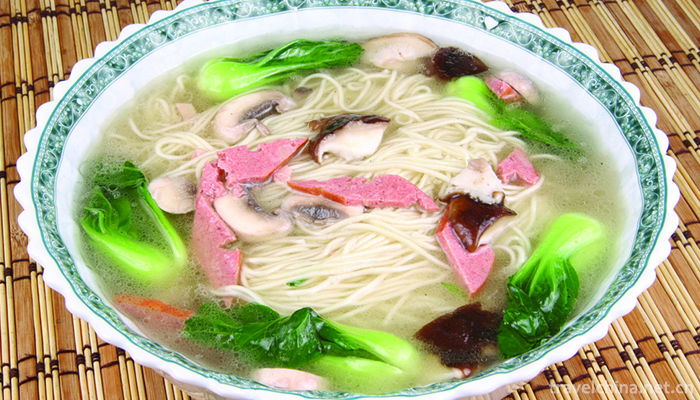
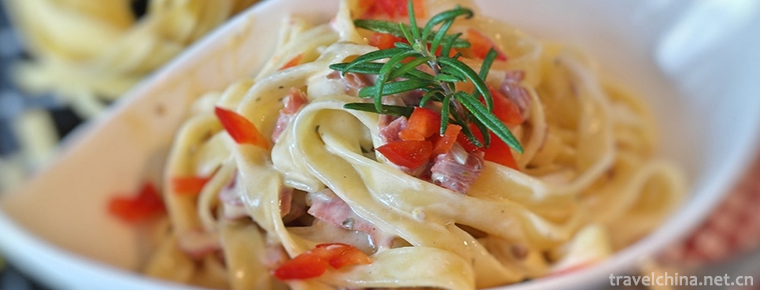
-
1.QomolangmaEverest
Mount Qomolangma (Mount Qomolangma) is the main peak of the Himalayas and the highest mountain in the world. It is located on the border between China and Nepal. The peak is located in China
Time 2018-10-30 -
2.Red Cooked Chicken Daokou Style
Red-Cooked Chicken, Daokou Style is one of the traditional specialties. It is made by Yixing Zhang family roast chicken shop in Daokou Town, Huaxian County, Henan Province
Time 2018-11-26 -
3.Dawakun Desert Tourist Scenic Area
Dawakun tourist scenic spot is located in Tielimu Township, Yuephu County, 6 kilometers away from 310 provincial roads and 110 kilometers away from Kashgar City, with convenient transportation. It is
Time 2019-01-06 -
4.Lianhua Rural Tourist Area
Lianhua Rural Tourist Area is a national AAAA-level tourist area, located in the northeast of Chenghai District, Shantou City, with Dongli Town in the East and Tiepu Town in Chaozhou City in the west
Time 2019-01-29 -
5.Ancient dance Lao Gu dance
Ancient dance, the meaning of "breaking through the barrier" in Li language, is called "ancestor-telling" in ancient books. The ancestor worship originated from the primitive socie
Time 2019-05-11 -
6.Sichuan Yangqin
Sichuan Yangqin is one of the representative folk songs of Sichuan Province, which is popular in Chengdu, Chongqing, Luzhou, Zigong and other cities and regions. In the early period, it was also calle
Time 2019-06-16 -
7.Flower hopping shed
Dancing Huapeng, introduced from Fujian in Ming Dynasty, is an ancient traditional folk dance, belonging to Nuo dance. It has a fixed "Keben" (singing desk book), which is divided into 18 br
Time 2019-06-21 -
8.Yao Peoples Playing Hall
The Playing Hall is a folk grand gathering of memorizing ancestors, recalling history, celebrating harvest, rewarding vows, disseminating knowledge and mass entertainment activities in Liannan Paiyao.
Time 2019-07-11 -
9.Orthographic drama
Zhengzi opera, originally known as Zhengyin opera, is singing in Zhongzhou Mandarin. It is an ancient and rare opera with many voices. In the early Ming Dynasty, one of the Southern Opera was introduc
Time 2019-07-25 -
10.Bai Pu
Bai Po (1226 - about 1306), formerly known as "Heng", Ren Fu, later renamed Pu, the word is too plain, Lanlan Valley, Han nationality, ancestral home state (now Shanxi) Hequ ) Nanjing's Kaif
Time 2019-09-11 -
11.Tamdrin Dingzhen
Zhaxi Dingzhen (Chinese Name: Ding Zhen), born in 2000, lives in Litang County, Ganzi Prefecture, Sichuan Province.
Time 2020-12-01 -
12.Dazhou economy
In 2019, Dazhou's GDP will reach a new level, reaching 204.15 billion yuan, with a year-on-year growth of 7.7% based on comparable prices. Among them, the added value of the primary industry was 34.48 billion yuan, an increase of 2.9%; the add
Time 2020-12-20